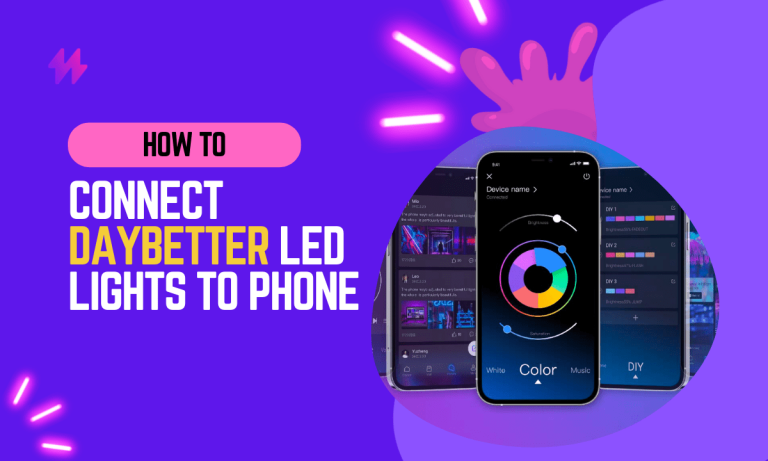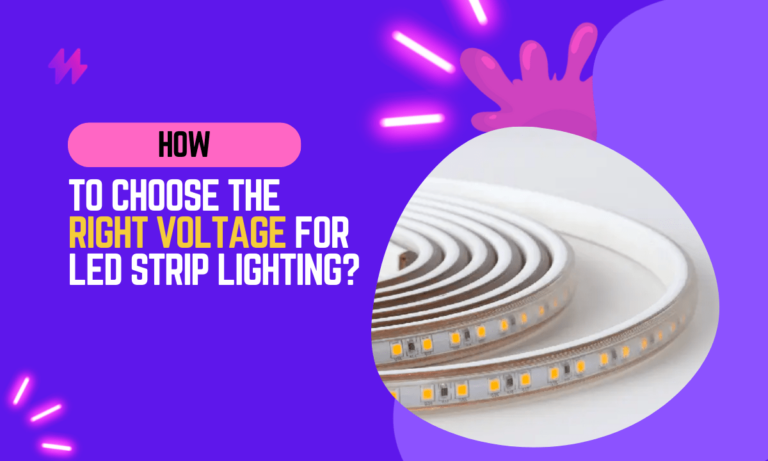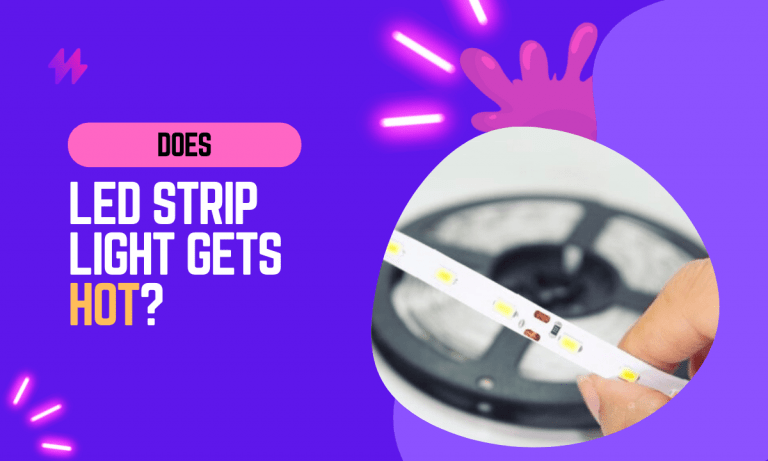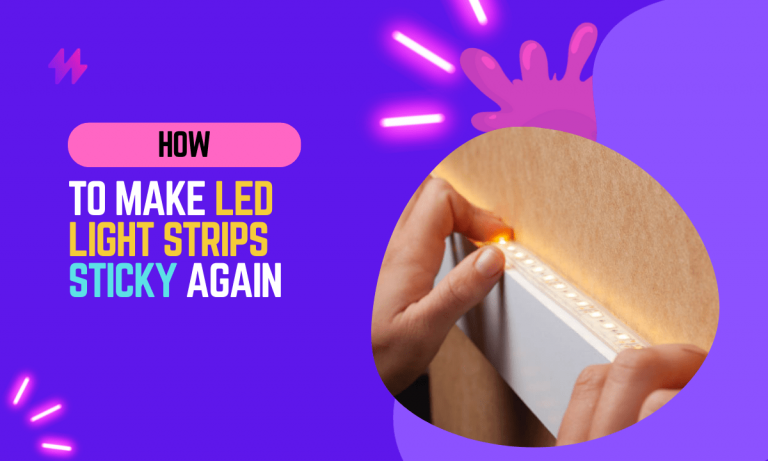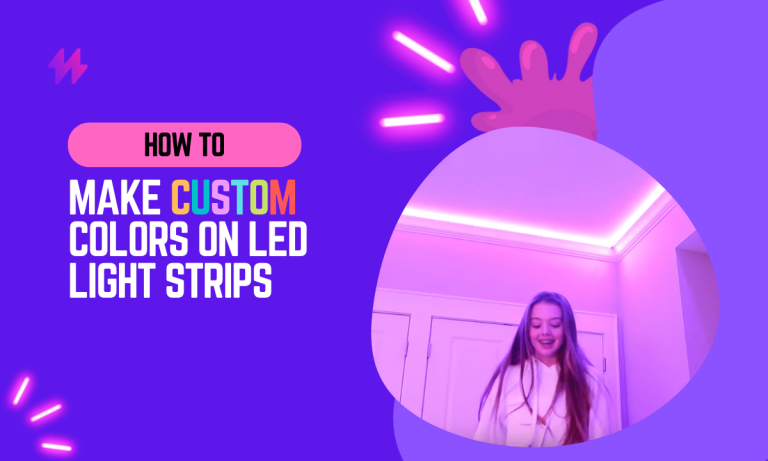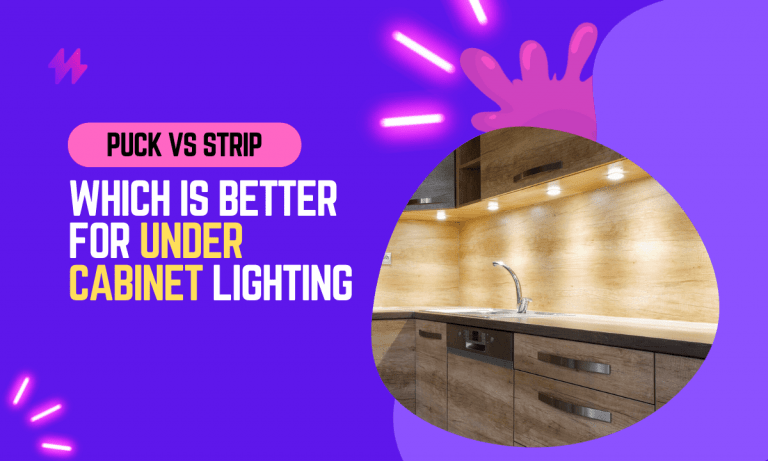12V vs 24V LED Strip Lights: Choosing the Right Voltage

LED strip lights are a popular choice for a variety of applications, from under cabinet lighting to accent lighting. But when choosing LED strip lights, one of the most important decisions you’ll need to make is the voltage.
There are two main voltages for LED strip lights: 12V and 24V. Each voltage has its own advantages and disadvantages, so it’s important to choose the right one for your application.
In this blog post, we’ll discuss the differences between 12V and 24V LED strip lights, and help you choose the right voltage for your needs.
LED strip lights have rapidly gained popularity in various lighting applications due to their flexibility, energy efficiency, and versatility.
Understanding the basic principles of LED technology and how these strip lights work can help you make an informed decision when choosing between 12V and 24V options.
12V vs 24V LED Strip Lights: Voltage Basics
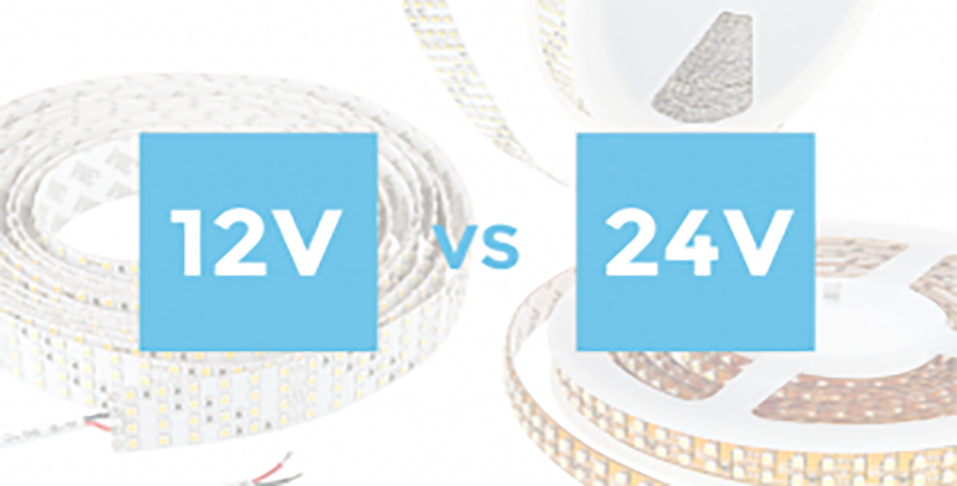
Voltage plays a crucial role in the performance and functionality of LED strip lights. In simple terms, voltage refers to the electrical potential difference between two points in an electrical circuit. It is often measured in volts (V) and determines the amount of energy available to drive the current through the LED strips. Understanding voltage is essential when choosing the right LED strip lights for your specific project.
Operating Voltage
LED strip lights typically come in two standard operating voltages: 12V and 24V. The operating voltage determines the required power supply for the LED strips to function optimally. It’s important to note that using the wrong voltage can result in LED malfunction, reduced brightness, or even permanent damage to the LED strip.
Voltage Drop
One crucial consideration with LED strip lights is voltage drop, especially for longer installations. As electrical current flows through the strip, the voltage at the far end can drop due to resistance in the circuit and the conductive material of the strip itself. Higher voltage strips tend to have less voltage drop over longer distances, making them more suitable for large installations.
LED Wired Configuration
LEDs within the strip are often wired in series or parallel configurations. The voltage requirements depend on the number of LEDs and their arrangement. For example, a 12V LED strip with LEDs wired in series might require a power supply with exactly 12V output to function correctly.
Dimming and Control
The voltage supplied to LED strip lights can impact their dimming capabilities and overall controllability. Some LED strips are designed for compatibility with specific dimmers and controllers that work within a particular voltage range. Using an incompatible voltage may lead to flickering or limited dimming range.
Power Consumption
Voltage directly affects the power consumption of LED strip lights. Higher voltage strips generally consume less current for the same amount of power, resulting in reduced electricity usage and greater energy efficiency.
12V vs 24V LED Strip Lights: Comparison Table
| Aspect | 12V LED Light Strips | 24V LED Light Strips |
|---|---|---|
| Operating Voltage | 12 Volts | 24 Volts |
| Brightness | Can produce the same brightness as 24V strips | Can produce the same brightness as 12V strips |
| Voltage Drop | More noticeable voltage drop over longer runs | Less noticeable voltage drop over longer runs |
| Energy Efficiency | Generally consume less power for the same brightness | Generally provide more lumens per watt |
| Compatibility | Compatible with various dimmers and controllers | Compatible with various dimmers and controllers |
| Applications | Ideal for accent lighting, task lighting, and indoors | Ideal for large-scale projects, outdoor, and long runs |
| Safety | Low voltage reduces the risk of electrical shock | Low voltage reduces the risk of electrical shock |
| Cost | Generally more cost-effective | Slightly higher initial cost but may save energy in long term |
| Installation | Easy to install and cut for custom lengths | Easy to install and cut for custom lengths |
| Suitable for | Residential and commercial spaces, DIY installations | Large projects, outdoor lighting, professional setups |
| Recommended Use | Shorter runs and smaller installations | Longer runs and larger installations |
You may also like: 2835 vs 3528 vs 5050: Understanding LED Light Strip
12V LED Strip Lights
12V LED strip lights are a popular and versatile lighting solution that has gained widespread adoption for various applications in both residential and commercial settings. As the name suggests, these LED strips operate on a 12-volt power supply, making them accessible and easy to integrate into existing lighting systems.
Advantages of 12V LED Strip Lights
- Versatility: 12V LED strips are versatile and can be used in a wide range of lighting projects, from accent lighting to task lighting.
- Easy Installation: They are relatively easy to install, making them ideal for DIY enthusiasts and beginners.
- Cost-Effective: 12V LED strip lights are often more affordable than their 24V counterparts, making them a budget-friendly choice for smaller projects.
Disadvantages of 12V LED Strip Lights
- Voltage Drop: Due to their lower voltage, 12V LED strips are more susceptible to voltage drop over longer runs, which may lead to reduced brightness at the end of the strip.
- Limited Run Length: The voltage drop issue restricts the maximum length of 12V LED strips, which can be challenging for large-scale installations.
- Higher Current Load: To achieve the same brightness as 24V LED strips, 12V strips may require higher current, potentially leading to more substantial power supply and wiring requirements.
Application of 12V LED Light Strips
12V LED strip lights find applications in a wide range of scenarios, including but not limited to:
- Under-cabinet and kitchen lighting
- Cove lighting and accent lighting
- Task lighting in workspaces or offices
- Mood lighting in bedrooms or entertainment areas
- Automotive lighting and accenting vehicles
- Retail displays and signage
Also read: Can You Sleep with LED Strip Lights On?
24V LED Strip Lights
24V LED strip lights are another popular lighting option that offers various advantages over their 12V counterparts. As the name suggests, these LED strips operate on a 24-volt power supply, making them well-suited for specific lighting projects and applications.
Advantages of 24V LED Strip Lights
- Long Runs: 24V LED strips can handle longer runs without experiencing significant voltage drops, ensuring consistent brightness across extended installations.
- Energy Efficiency: These strips require less current to achieve the same brightness as 12V strips, making them more energy-efficient in the long run.
- Lower Voltage Drop: 24V strips experience less voltage drop, making them suitable for longer runs without significant brightness loss.
- Lower Heat Emission: The lower current load results in reduced heat emission, contributing to a longer lifespan for the LEDs.
Disadvantages of 24V LED Strip Lights
- Limited Versatility: 24V LED strips may not be as versatile as 12V options, as they are better suited for large-scale installations and may not be necessary for smaller projects.
- Higher Initial Cost: 24V LED strip lights often come with a higher initial cost, including the power supply and dimmers, which may impact the budget for smaller projects.
- Professional Installation: Due to the longer runs and complexity of some 24V installations, professional installation may be recommended, adding to the overall project cost.
Application of 24V LED Light Strips
Similar to 12V LED strip lights, 24V strips find applications in various settings, including:
- Architectural lighting and accentuating building facades
- Large-scale decorative lighting for events and entertainment venues
- Cove lighting in commercial spaces
- Outdoor and landscape lighting projects
- Backlighting for large displays and signage
- Industrial lighting for warehouses and manufacturing facilities
Also read: How to Make LED Light Strips Sticky Again?
Are 24V LED Strips Brighter Than 12V?
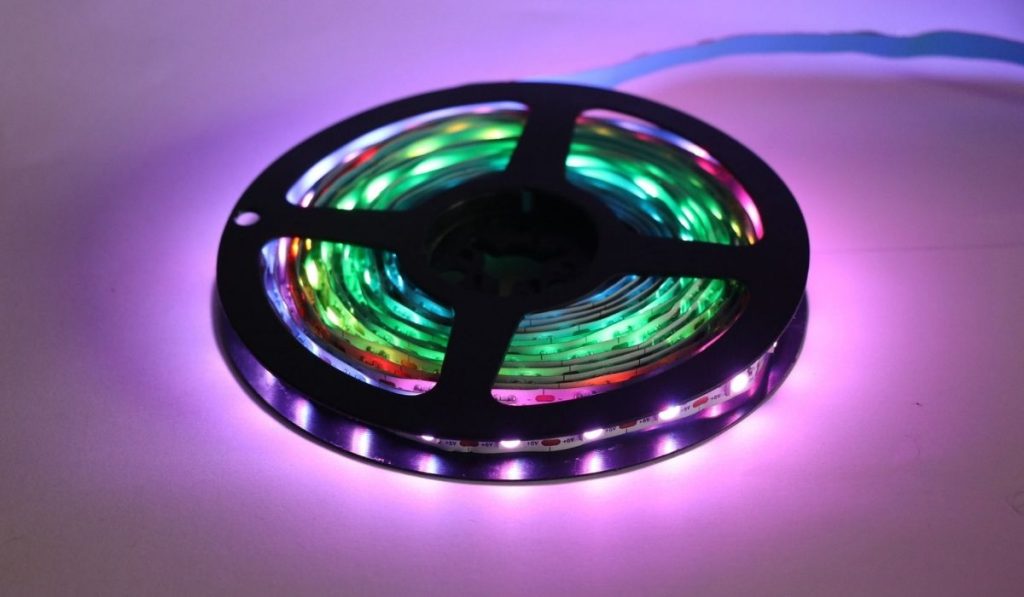
The voltage of LED strips does not directly determine their brightness. The brightness of LED strips is measured in lumens, not volts. Lumens represent the total amount of visible light emitted by the LED strip.
Both 24V and 12V LED strips can produce the same level of brightness if they have similar LED chip technology.
It’s important to choose LED strips based on their lumen output and the specific lighting needs of your project rather than solely relying on the voltage level. Higher lumen output means a brighter LED strip, regardless of whether it operates at 12V or 24V. Checkout our Lumen to Watt calculator to find out the power requirement
Will 24V LED Strip Lights Work on 12V?
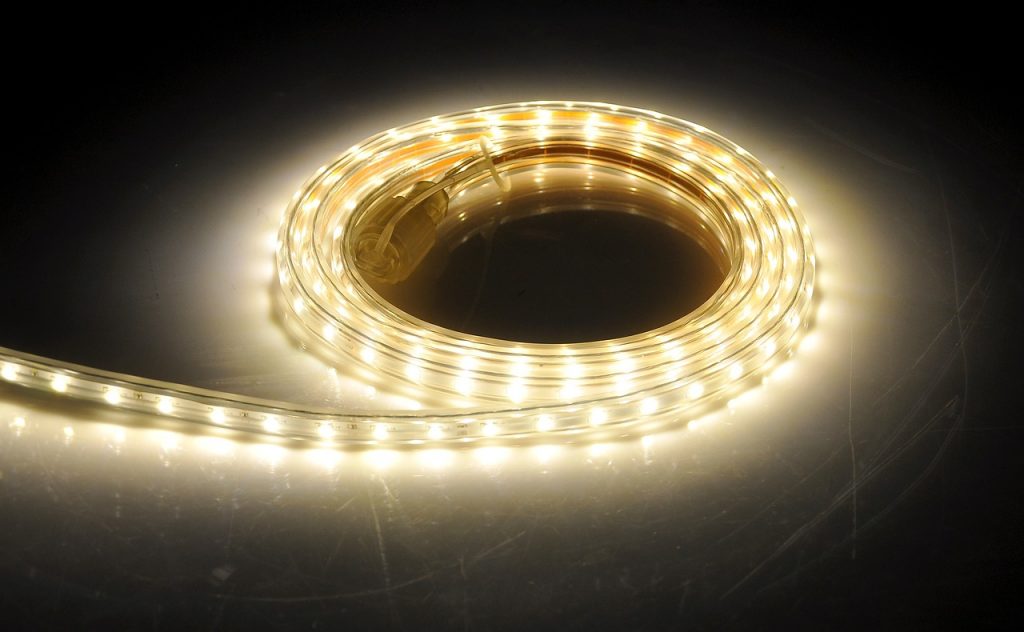
No, 24V LED strip lights will not work on a 12V power supply directly. LED strips are designed to operate at a specific voltage, and using a power supply with the wrong voltage can lead to various issues and potentially damage the LED strip.
Here’s why 24V LED strip lights won’t work on a 12V power supply:
- Voltage Mismatch: 24V LED strip lights are designed to be powered by a 24V power supply. When you try to connect a 24V LED strip to a 12V power supply, the LED strip won’t receive enough voltage to operate properly.
- Insufficient Power: LED strips require a specific voltage to turn on and produce light. If the voltage is too low, the LEDs won’t receive enough power to illuminate, and the LED strip will not function correctly.
- Risk of Damage: Applying a lower voltage than the rated voltage to the LED strip may cause uneven lighting, flickering, or even permanent damage to the LEDs. This can render the LED strip unusable and lead to costly replacements.
- Compatibility Issues: LED strips often come with connectors or adapters that match the specific voltage requirements. Attempting to connect a 24V LED strip to a 12V power supply may result in incompatible connections and further complications.
To avoid any issues, it’s crucial to use the correct voltage power supply that matches the specifications of the LED strip. If you need to use 24V LED strip lights, make sure to use a 24V power supply specifically designed for LED strips to ensure safe and optimal performance.
Also read: How to Fix Flickering LED Strip Lights
Final Words
In conclusion, the choice between 12V and 24V LED strip lights hinges on the specific requirements of your project, including length, location, and the intended use of the lights. 12V LED strips are widely popular for shorter runs and are ideal for smaller, more segmented installations where precise control over segments is necessary. These strips are particularly suited for residential applications like under-cabinet lighting or accent lighting, where the installation lengths are generally shorter and the power demands are lower. One of the main advantages of 12V LED strips is their safety; the lower voltage makes them less hazardous, which is an important consideration for DIY installations. However, they do have limitations in terms of maximum run length before voltage drop occurs, leading to uneven lighting.
On the other hand, 24V LED strip lights are better suited for larger installations where longer runs are required. They are more efficient over these longer distances, experiencing less voltage drop, which allows for more consistent brightness and color along the length of the strip. This makes 24V strips a better option for commercial settings or extensive residential lighting designs, such as cove lighting or outdoor perimeter lighting, where lengthy strips are needed. Additionally, the reduced current required for 24V LED strips means thinner cables can be used, which facilitates easier handling and installation. When choosing between 12V and 24V, it is crucial to consider the scale of your project and the electrical characteristics of each option. Understanding these nuances will ensure that you select the right voltage that not only meets your lighting needs but also optimizes efficiency, safety, and overall performance of the LED lighting system.

